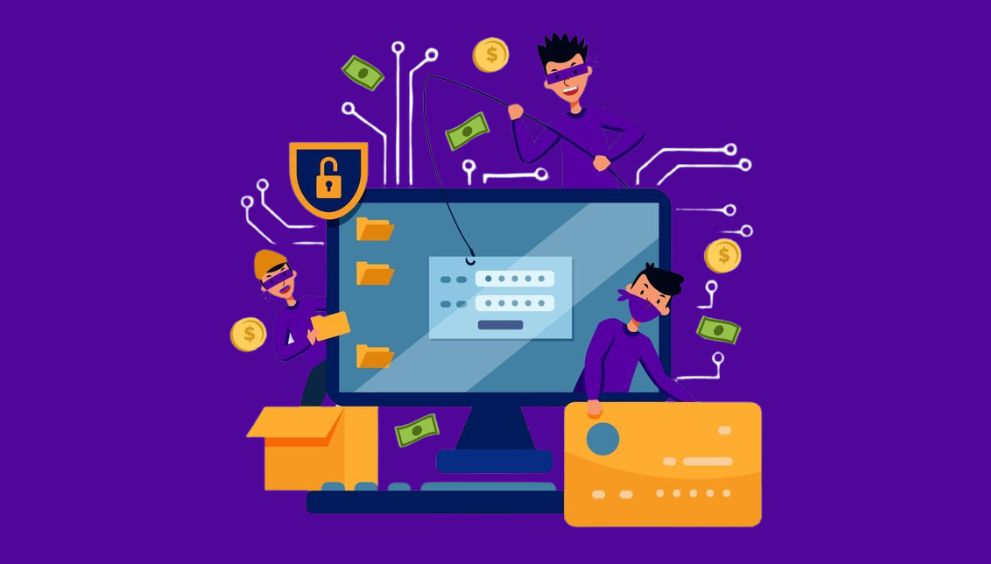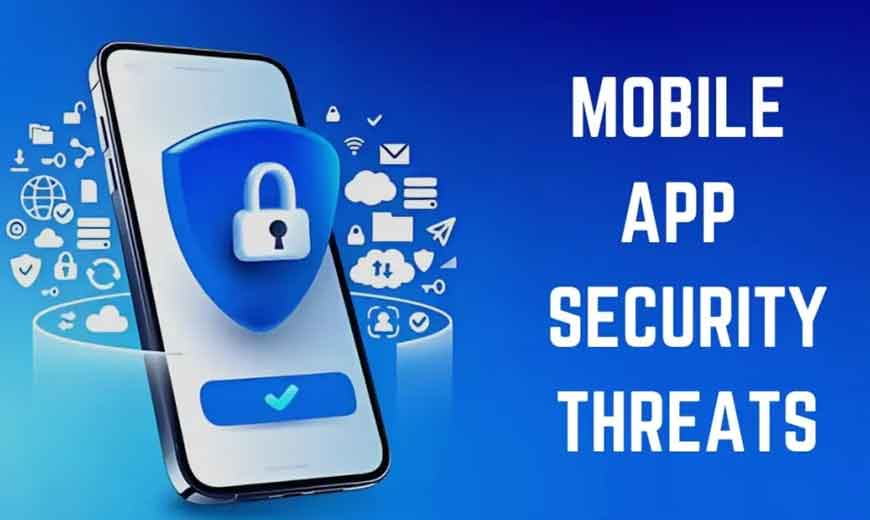What are the three main threats to data security

In today’s digital age where data serves as the lifeline of businesses and their owners ensuring its security has become Important. Data security threats refers to the protective measures put in place to safeguard digital information from unauthorized access, use, disclosure, disruption, modification or destruction. Despite advancements in technology and security protocols data remains unsafe to various threats. Understanding these threats is Important for implementing effective security measures. Let’s Know about three main threats to data security.
1. Cyberattacks and Malware:
Cyberattacks Holds a Wide range of malicious activities by individuals, groups or even nations with the Intention to compromise data Probity, confidentiality or availability. Among the most actual forms of cyberattacks are malware infections. Short for malicious software includes viruses, worms, Trojans, ransomware, spyware and other harmful programs designed to infect systems and Provides Cybersecurity Risks.
Viruses and Worms: These are self replicating programs that infect computers and networks spreading from one system to another. Viruses attach themselves to Legal programs or files while worms spread Freely through network connections, both causing damage by corrupt or delete data.
Ransomware: Ransomware is a type of malware that encrypts files on a victim system, rendering them inaccessible until a ransom is paid. This form of attack has become increasingly actualy, targeting individuals, businesses and even government informations, leading to Valuable data violation and financial lose.
Trojans: Named after the Greek mythological story of the Trojan Horse. Trojans Stalking themselves as Legal software to trick users into installing them. Once it enters inside a system Trojans can create backdoors for attackers, steal sensitive information or cause other malicious activities.
Spyware: Spyware secretly monitors user activities, gathers personal information and sends it to third parties without Permission. This Creates a severe threat to data privacy and can lead to identity theft or financial fraud.
2. Insider Threats:
Insider threats refer to security risks Produce from within an organization often involving employees, contractors or business partners who misuse their authorized access to sensitive data for malicious purposes or Casually compromise security due to irresponsibility.
Malicious Insiders: Employees or trusted individuals with access to sensitive data may intentionally misuse their charter to steal, modify or leak information for personal gain or Revenge against the organization.
Negligent Employees: Accidental data Violation caused by employees carelessness, lack of awareness or failure to follow security protocols pose a significant threat. This includes instances such as falling victim to phishing scams, using weak passwords or mishandling sensitive data.
Third-Party Risks: Outsourcing certain business functions or collaborating with external vendors introduces additional risks such as Online Privacy Protection. These third parties may have access to sensitive data. Failure to Completely vet third party providers or enforce Durable Valid agreements can lead to data Violation through their actions or carelessness.
3. Data Breaches and Unauthorized Access:
Data breaches occur when unauthorized individuals gain access to confidential or sensitive information whether through cyberattacks, insider threats or other means Data Breach Prevention is Low. The Result of data Violation can be severe Cover from financial losses and reputational damage to legal and Official Results.
Hacking: Hackers uses various techniques such as exploiting software weakness, Manage brute force attacks or using social engineering Skills to gain unauthorized access to networks or systems. Hackers can steal sensitive data, disrupt operations or cause many forms of damage and Provides Threats to Digital Data
Social Engineering: Social engineering techniques Oprate individuals into Disclose confidential information or performing actions that compromise security. This can involve pretexting, phishing, baiting or other artificially methods to exploit human psychology and gain access to sensitive data.
Data Theft: Through hacking, insider threats or physical Handling, data theft involves the unauthorized addition of sensitive information including personal identifiable information (PII), financial records, intellectual property or trade secrets. Stolen data can be used for identity theft, fraud, espionage or sold on the dark web. Builds significant risks to individuals and Breaks Security Measures for Sensitive Information.
Conclusion
Data security is a Complicated challenge that requires Detailed strategies to Reduce the three main threats outlined above cyberattacks and malware, insider threats and data breaches. By understanding these threats and implementing Strong security measures. Securing Personal and Business Data is Very Important for Organizations and individuals. Keep your Data Protected from Unwanted and potential harm.






























































































